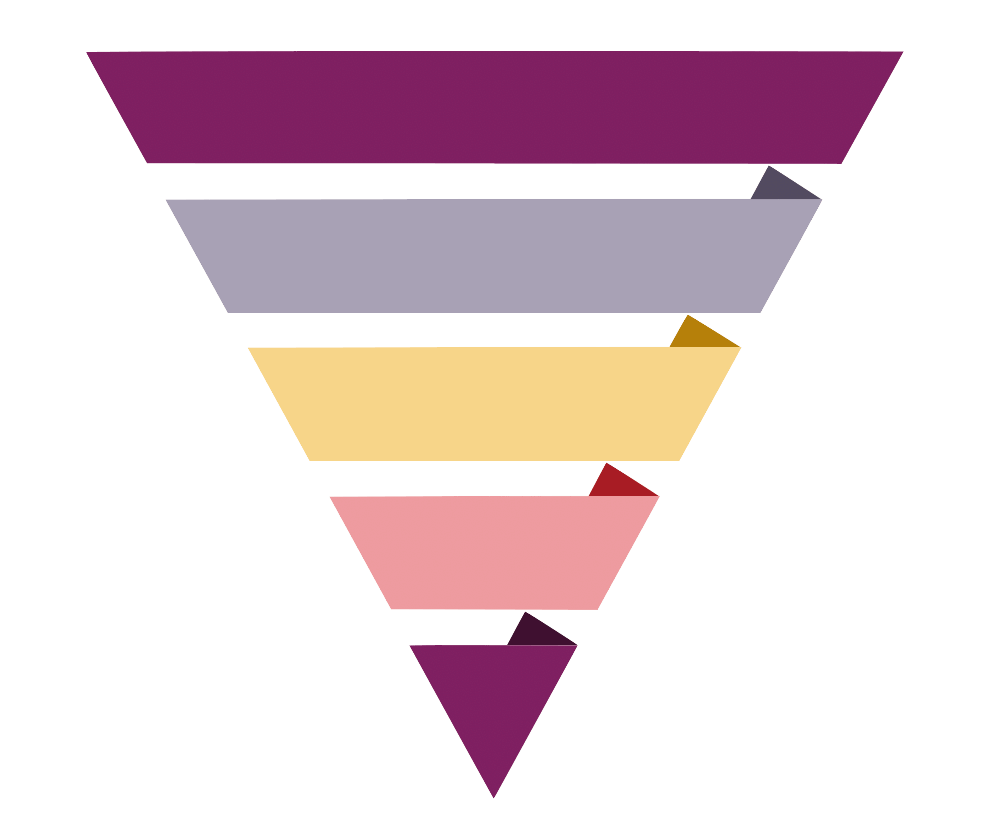
People who give business advice love talking about leads.
You’ve got to generate more leads, they say. What’s your lead conversion rate? Have you optimized your lead qualification process? You need good leads. Convert your leads. Close those leads. Leads, leads, leads!
…And on and on until the word loses all leading—I mean, meaning.
Truth be told, a lot of this advice misses the point. Leads are indeed crucial for business success (especially small business success), but the concept is often abstract and poorly understood. Thinking in terms of “leads, leads, leads” removes the human element and turns sales and marketing into numbers games rather than actual drivers of value.
It’s also one reason selling can be so daunting for people who aren’t naturally gifted at it. Telling someone they need to generate 20 leads by the end of the week is a great way to cause anxiety and burnout—and a not so great way to grow your business.
So let’s rethink this topic, shall we? We’re going to explore leads the Ruby way—by bringing human connection front and center.
What is a lead?
A lead is a person or organization who might one day purchase a product or service from your business. They’re interested in what you have to offer, but haven’t yet become a paying customer or client.
Maybe it’s someone who’s been referred to your business by a friend, relative, or colleague. Maybe they’re subscribed to your mailing list, or maybe they follow you on social media. Or maybe they’re someone you haven’t interacted with, but who you know is out there in the market.
That person asking “How much is that doggie in the window?” Classic lead.

Understanding the terminology.
Leads are a tricky topic to nail down. Every business and sales team, it seems, thinks about them a little differently. Ready to learn some lingo?
Some businesses separate leads from prospects, with prospects being the middle step between a lead and a customer—someone who’s shown definite interest rather than someone who could be interested in purchasing.
For example, that person asking about the doggie in the window could be considered a prospect, whereas a passerby who just paused and looked in the window (or browsed the pet store’s website) would be a lead.
In some cases, businesses qualify their leads. A qualified lead is basically the same as a prospect. It’s someone you know is interested in what you have to offer, because you’ve had a conversation or interaction with them that indicates as much.
Qualified leads are often distinguished by where they are in the customer or client journey. In general, qualified leads fall into two categories: sales-qualified leads (SQLs) and marketing-qualified leads (MQLs).
- SQLs are practically ready to make a purchase, although they’re not always a sure thing (more on this later).
- MQLs are typically a few steps behind SQLs—they’re interested, but they need more information to evaluate their decisions.
Back to the pet store: If the aspiring doggie owner actually talked to a sales representative, she could be considered an SQL. If she only clicked on one of the pet store’s Instagram ads, however, she’d be an MQL.
Other businesses simplify all of this and categorize leads in terms of temperature.
- Hot leads are ready or almost ready to buy.
- Warm leads are interested but need to be convinced.
- Cold leads are people who might have a need for your product or service, but haven’t yet shown any interest. (This is where the term “cold call” comes from, by the way.)
If you were to contact someone you’d never met and ask them if they’d like to buy a doggie, you’d be talking to a cold lead.

Enter: the funnel.
One easy way to think about this is as a funnel:
- At the top of the funnel are people who have a need that your business fulfills, but who don’t know much (or anything) about your business or the products or services you offer.
- Through marketing efforts such as ads, flyers, and email campaigns, you get some people’s attention and capture their interest. At the same time, you collect basic contact information from those people and begin to get a sense of what they’re thinking about buying.
- Next, some of those people start interacting with your business. Interest turns into consideration. Conversations happen. At this point, it’s a matter of convincing them your business, product, or service is the right choice for them.
- Finally, you convert some people into customers or clients.

Top layer: cold leads | unqualified leads | website traffic | social media followers
Middle: warm leads | MQLs | list subscribers
Lower middle: hot leads | SQLs | prospects
Bottom: customers | clients
At every stage in the funnel, the number of people you’re dealing with shrinks, but the chance that they’ll convert into buyers increases. For instance, a marketing campaign that reaches 10,000 people may generate 1,000 leads, 100 of which ultimately become customers.
Keep in mind that all of this can vary significantly from business to business. Sales and marketing teams think about and classify their leads differently. An organization may consider website visitors MQLs, or even SQLs, if it receives relatively little traffic but visitors frequently become subscribers.
Timelines differ as well. In many service-oriented industries, such as the legal and healthcare industries, people can turn up out of nowhere and convert into clients within hours or minutes. In other cases, a business may need to take weeks or months generating, nurturing, and converting leads.
It all depends on the individual’s needs and expectations, as well as numerous other variables such as price, pricing model, competition in the market, region, seasonality, and even the time of day. Seriously—it isn’t easy calling someone first thing in the morning or convincing them to buy something if they’re hangry because they skipped lunch.
Meet the leads in our lead story.
Now that you know what leads are, the real question is who they are.
Let me introduce you to three leads:
Amy seems ready to buy. She has a defined need and a well-established interest in your business. In fact, she knows someone at the company and has already spoken to a sales representative. We have a lot of information about her—her contact details, her preferences, what she’s looking to buy, her dog’s name (Bruce), her favorite movie (Jaws), and so on. All that’s left to do is close the deal.
Bryan has shown some interest, but needs more information before he starts evaluating a decision. He’s filled out a couple of forms on the website and sent an email inquiring about an offering. We have some basic contact info—his name, email address, and phone number—and a general sense of what he’s interested in. We need to engage him and get him thinking about making a purchase.
Casey is something of a mystery at this point. We know they’ve clicked around the website, read a few pages, and started following us on Twitter. But we don’t really know anything about them, what they’re interested in, or even if they’re interested in buying anything from us at all. At this point, our goal is to find out more about Casey and try a few different approaches to earn their attention and interest.
First up: Amy.
In the next installment of this series, we’ll start with that lead who seems ready to buy—Amy. It should be easy to convert her into a customer… right?

Getting prospects and leads to convert is only the beginning of a budding relationship with your customers. How you care for them after purchase will determine whether you can win over their loyalty for the long hall. Download our Customer Service Audit Checklist to take your customer service to the next level.



